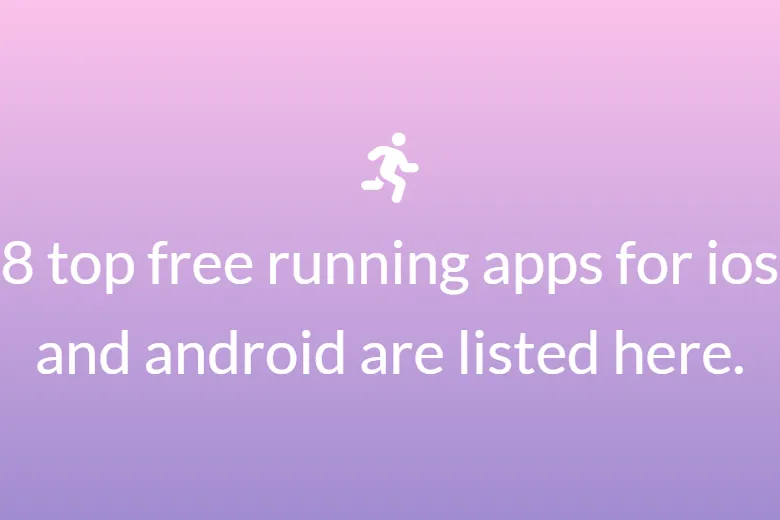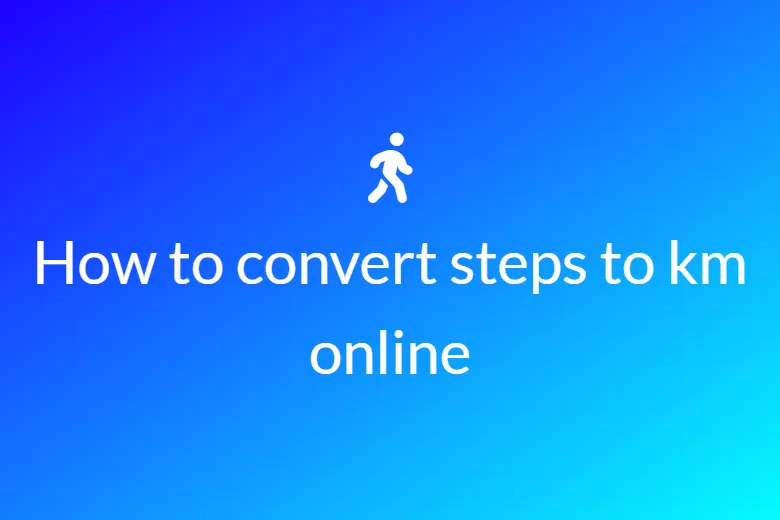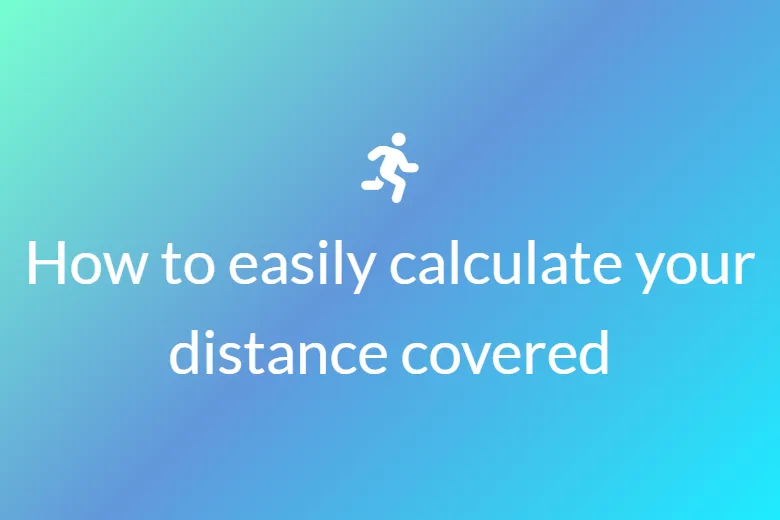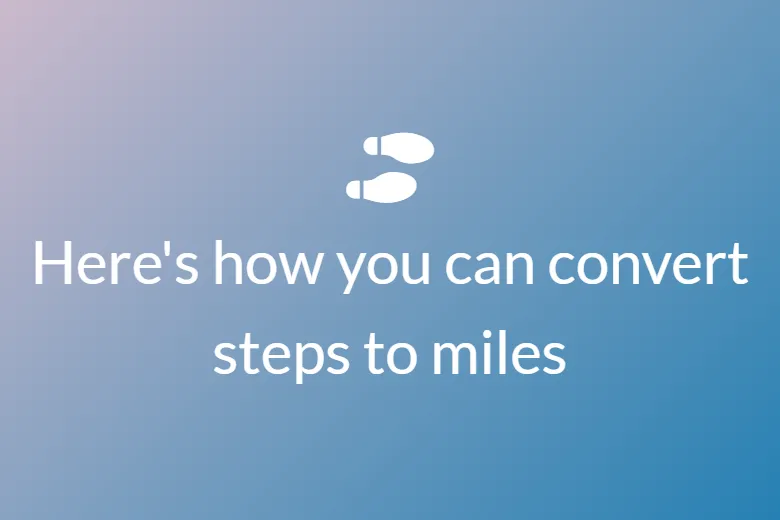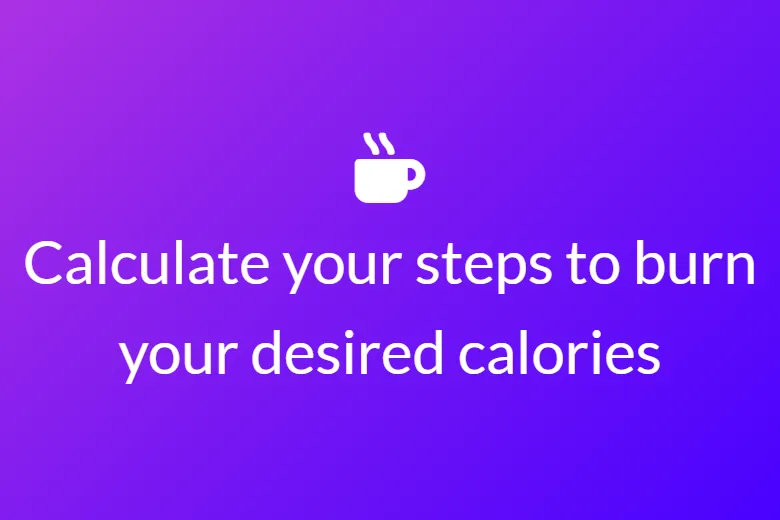Unit conversion tools can be quite useful when buying shoes with foreign sizing or figuring out the difference between an imperial and metric tonne. There’s no need to strain your brain with hard math—just put in a number, select the units you want, and the software will give you an answer.
These seven Android unit conversion applications make calculating everything from height and weight to frequency wavelengths and radioactive decay a breeze.
- Unit Converter Pro
Unit Converter Pro isn’t a paid version of a free app, despite its name. It is, in reality, a completely free app with no advertisements or in-app purchases.
You can use Unit Converter Pro to convert a variety of different units, such as depth, currency, data, and so on. It shows the most common units by default, but if you hit the Show More button at the top, it also shows more specialised units like frequency wavelength and HVAC efficiency.
Because the units are alphabetically organised, it’s relatively easy to find what you’re looking for. However, because this may require a lot of scrolling, you may wish to use the search option. It does not, however, support European spellings like “centimetre.” You can also adjust the order of the units in this list or toggle their visibility.
- Unit Converter from Digit Grove
Digit Grove’s Unit Converter is one of the more attractive unit conversion apps for Android. It represents distinct unit kinds with a range of eye-catching icons that are all placed together neatly and rationally.
Common, Engineering, Fluids, Electricity, Computer, Light, Time, Magnet, Radiology, and Medical are some of the types of units. There are a total of 60 different types of units.
Unit Converter, on the other hand, is more than just a conversion tool. It also provides tools for solving typical mathematics issues as well as financial topics like interest rates. It also has 34 other features, such as a morse code translator, cryptography encoder, metronome, and password generator.
You may download conversions to your phone and create your own unique units with the premium version, which also removes advertisements.
- Unit Converter
Sometimes, little is more, and the Unit Converter may be one of those instances. Rather than presenting you with a long list of options, it just shows you a handful at a time, which you can customise.
Basic, Living, Science and Miscellaneous are the four broad types of units. These are displayed as tabs, with four different unit kinds underneath. You can modify what’s displayed under a tab by tapping Favorites at the top, except for the Basic tab. You’re still limited to four-unit kinds, but there’s a long list to pick from—not as vast as some other programmes, but sufficient for daily use.
Unit Converter isn’t the most advanced unit conversion programme, but it’s simple to use and useful for anyone who converts similar items frequently. We also like that by watching only one video, you can get rid of commercials for six hours.
- All-In-One Calculator
One of the greatest calculator apps for Android is the All-In-One Calculator. But it’s also a decent unit converter.
It doesn’t handle as many complicated data types as other unit conversion programmes, but it does cover all of the essentials, like shoe and ring sizes.
You can also use the All-In-One Calculator to solve a variety of math problems. Calculating an item’s pricing after a discount, prime checking, and the volume of 3D objects are among them. Favorites can be added to the main screen for quick access.
It’s a nice-looking software with a nice layout and a lot of colour choices to choose from.
- Electricity Converter
The Electricity Converter was created by the Toastguyz development community with the goal of doing one thing well: converting electrical units. They include basic units such as current and charge, as well as more specialised units such as linear current density, electric potential, and electrostatic capacitance.
There are just 15 different unit types to choose from, but they’re all properly set out in a tile pattern. Simply tap one to be taken to a new screen where you may enter amounts and units.
Each unit type is also described briefly in the Electricity Converter. This, paired with the app’s specific focus, implies it would be great for students and trainee electricians.
- Engineering Unit Converter
Another tool that concentrates on a single area is Engineering Unit Converter. If you don’t want to go through a list of unit kinds you’re not interested in, this could be excellent.
Basic measures like length and mass are included, as well as more complex quantities like kinematic viscosity and magnetic flux. There are more than 20 of them, but they aren’t alphabetized. There isn’t even a search tool, so you’ll have to scroll to discover what you’re looking for.
The app’s unit conversion functionality is straightforward. Simply type a value in the left column, and the conversion will show in the right column. There are a number of radio buttons below that represent different units.
Engineering Unit Converter isn’t particularly feature-rich, and there are just a few options to tweak, but it’s simple and straightforward.
- Use Google Assistance
All Android phones can already convert units reasonably well. It’s just one of the many things Google Assistant can help you with.
You can ask Google Assistant a specific inquiry, such as “How much is 10 kilogrammes in pounds?” and it will respond. A rudimentary conversion tool will appear below the answer, allowing you to select unit types and enter quantities.
Summary
If you need to convert multiple quantities at once, or if you do it frequently, dedicated software will save you time.
They can also be more useful if you want to view a unit disassembled into other types of alternative units. Many programmes, for example, may display a split into yards, feet, and inches all at once.
These programmes, like Google Assistant, don’t require an internet connection. If you can’t get online for some reason, that’s obviously going to be a big plus.
Finally, many unit conversion apps, unlike Google Assistant, offer a variety of uncommon or obscure unit kinds. As a result, they’re ideal for persons who operate in specialised fields. In that role, they may complement toolbox apps that allow you to take measurements with your phone.























































